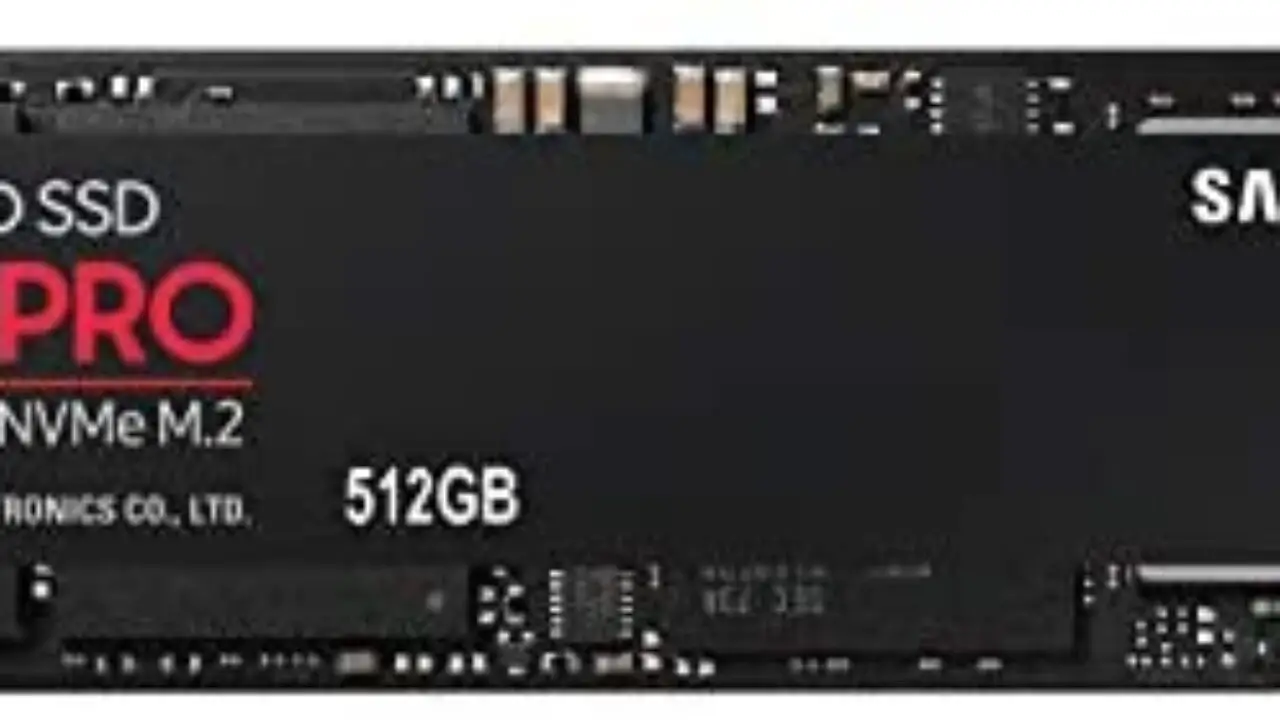The Ultimate Guide to Buying an External SSD for Lightning-Fast File Transfers
In today’s digital age, where data is constantly being generated and shared, having a reliable and high-speed storage solution is crucial. When it comes to lightning-fast file transfers, an external solid-state drive (SSD) is the way to go. Unlike traditional hard disk drives (HDDs), SSDs use flash memory technology, resulting in significantly faster data access … Read more
